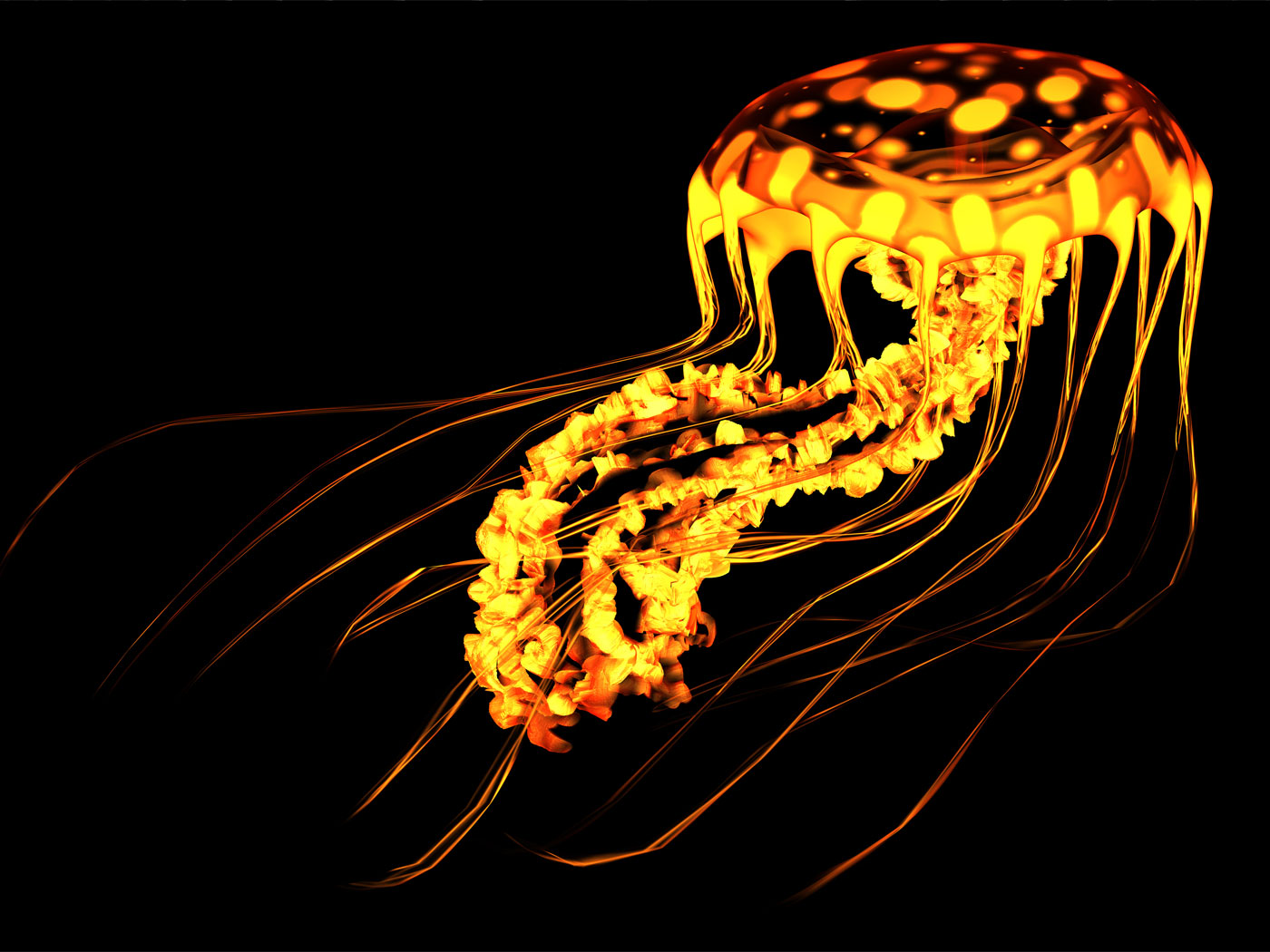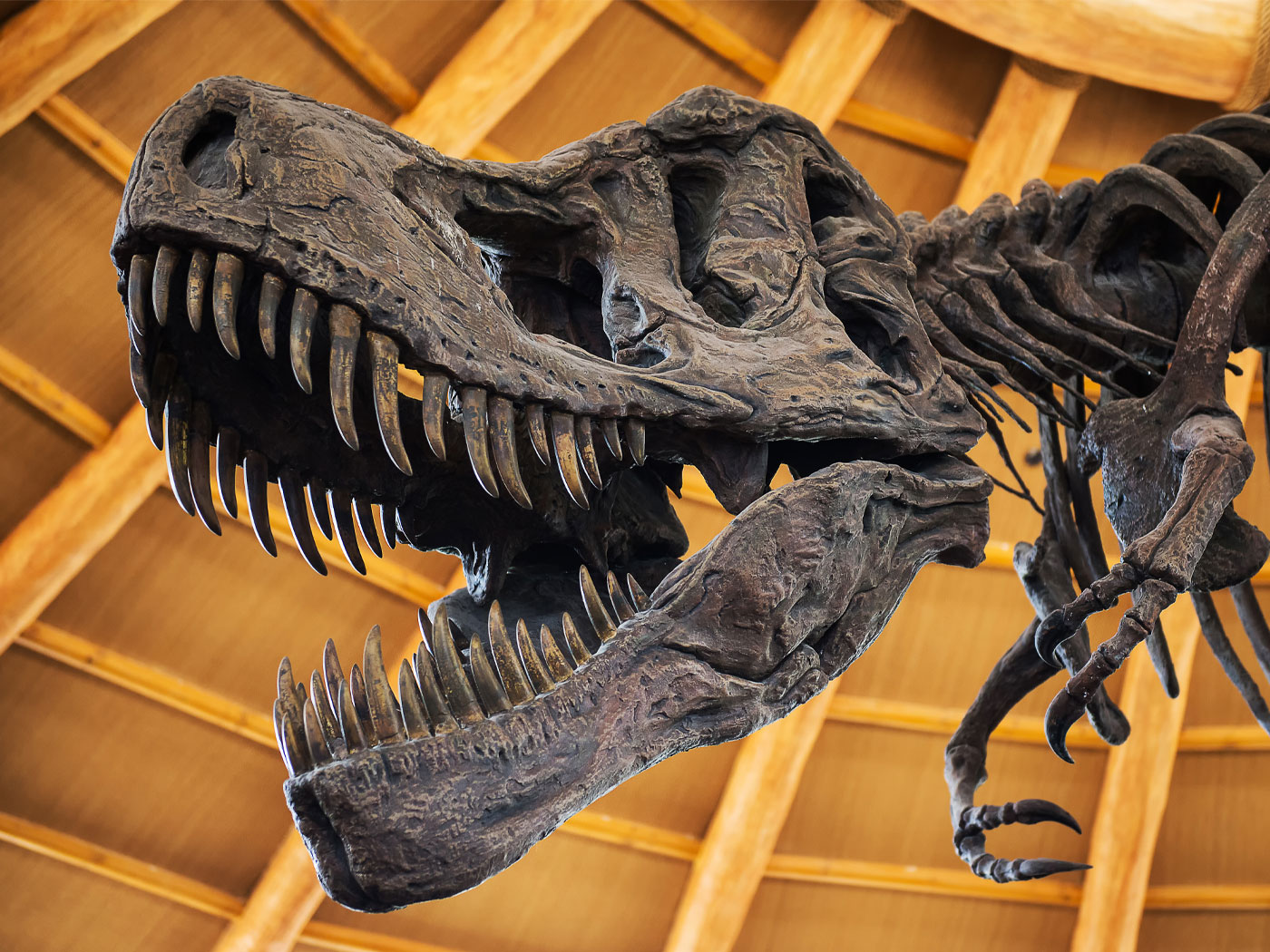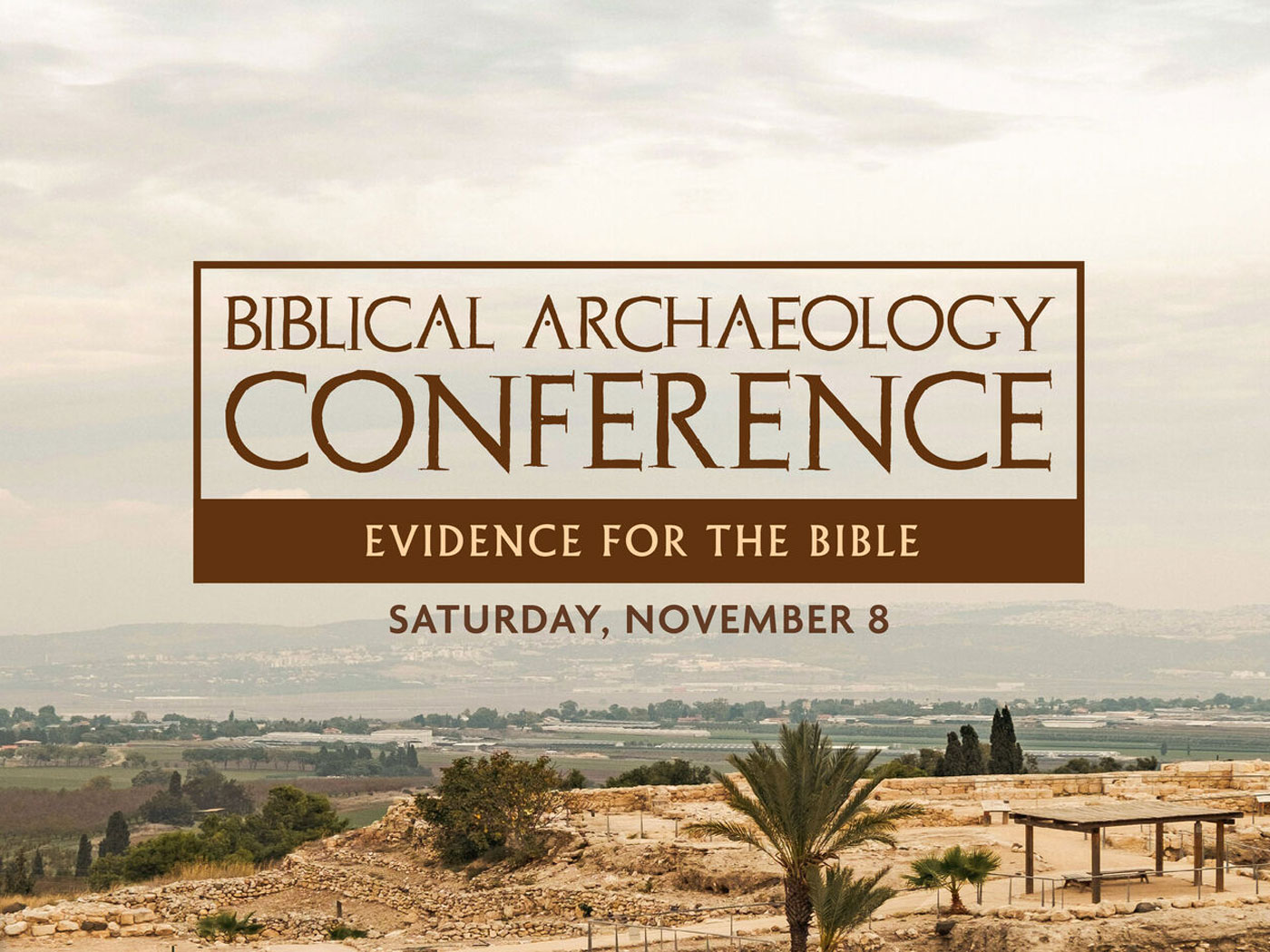Since the September 11, 2001 attack on America, we have realized a variety of hitherto ignored threats to U.S. citizens, including biological attack with engineered anthrax. Anthrax disease begins when spores of Bacillus anthracis invade an animal or human body. If the invasion comes through the skin, the cutaneous variety of anthrax results. The skin forms a pustule around the germinating anthrax spores three to five days after infection. Surprisingly, the entire process causes little pain or discomfort, although secondary infections have been known to occur. The majority of cutaneous anthrax victims survive.
Anthrax spores can also be ingested or inhaled and become much more severe if the infection spreads to the lymphatic system. When inhaled, anthrax spores germinate and grow in the lymph nodes nearest the lungs. The infection leads to swelling of the mediastinum, the region between the lungs that houses the heart. High numbers of bacteria enter the blood from the lymph nodes and begin secreting toxins. From the time the first symptoms appear to the time of death, only three days elapse on average. By the time doctors diagnose the disease, the bacteria have already filled the patient with toxin, and death is virtually inevitable.
As the U.S. fights its first battle against this biological weapon, an important question arises in the minds of creationists: Where do dangerous pathogens like anthrax come from? The Bible depicts a benevolent God who does not inflict pain without purpose. Consequently, creationists claim that the existence of biological "evil" or imperfection, such as anthrax, comes not from God's creative activities but from the degenerative effects of the Curse on creation (Genesis 3:14-19). Recently, I presented evidence of genome decay in the mycoplasmas that supports this model of a degrading creation.1 Unlike the simpler disease mechanism of the mycoplasmas, the complex pathogenesis of B. anthracis involves both invasion of the host and secretion of toxins. As such, anthrax poses a more difficult challenge to the degrading creation model, requiring explanations based on both baraminology and design theory.
Like most members of the Bacillus genus, B. anthracis inhabits the soil as its normal habitat. The spores of Bacillus bacteria can survive drying, heat, and radiation, making anthrax an attractive choice for a biological weapon. B. anthracis belongs to the B. cereus group of six Bacillus species (anthracis, cereus, thuringiensis, mycoides, pseudomycoides, and weihenstephanensis).2 Nearly all members of the Bacillus genus inhabit soil or dust particles, but the B. cereus group contains several important pathogens, including the insecticide-producing B. thuringiensis. Numerous genetic, biochemical, and microbiological studies have shown that B. anthracis and B. thuringiensis are very closely related to B. cereus.3,4 Scientists have proposed that B. anthracis, B. thuringiensis, and B. mycoides are actually strains or subspecies of B. cereus.5 In baraminological terms, B. anthracis, B. thuringiensis, B. mycoides, and B. cereus form a monobaramin, a group of species that share a common ancestor.
Despite such close affinities to B. anthracis, no other members of the B. cereus group are so deadly to humans. Presently, the molecular mechanism underlying anthrax disease is poorly understood.6 We know that two components of the B. anthracis cells contribute to their virulence, the capsule and exotoxins. The capsule that surrounds B. anthracis cells permits the cell to evade detection by the immune system of the host organism, while the exotoxins induce the cellular damage and anthrax symptoms. B. anthracis secretes two exotoxins, edema toxin and lethal toxin. When injected alone directly into the blood stream, lethal toxin kills mice with the same efficiency as fully virulent anthrax spores.
Each B. anthracis toxin consists of two parts, the binding component (BC) and the active component (AC). Both edema and lethal toxin contain the same BC, a protein called protective antigen (PA), which specifically binds to mammalian cell membranes.7,8 After binding, PA is cleaved into two pieces, one of which dissociates into the blood. The other part, PA63, forms a heptamer on the surface of the host cell. The heptamer then binds one AC, either edema factor (EF) or lethal factor (LF). The cell then internalizes the PA63 heptamer and the EF or LF via phagocytosis. Inside the internalized membrane vesicle, PA63 somehow facilitates the injection of LF and EF into the cytoplasm.9
In the cytoplasm, EF and LF begin their damaging work. EF is a special protein that produces a cellular signaling molecule, but how EF actually induces cellular damage is presently unknown. LF is a type of protein called a protease and requires zinc ions to function. LF cuts the "tail" off a protein called MEK2, an important component of the cell's signaling pathways. Somehow, the action of LF induces the cell to begin producing unusually large amounts of tumor necrosis factor (TNF), a molecule that induces other cells to die. Once the infected cell dies, its contents, including the TNF, enter the bloodstream causing massive tissue death. Victims do not survive this stage.
Although this mechanism sounds terrifically complicated, we can readily explain its presence in B. anthracis. All virulent strains of B. anthracis possess two plasmids, small circles of DNA that replicate independently of the main bacterial chromosome. One plasmid, pXO1, carries the genes necessary to produce all three components of the anthrax toxins. The other plasmid, pXO2, contains the genes required to generate the bacterial capsule. Without either of these plasmids, B. anthracis becomes harmless and difficult to distinguish from other strains of B. cereus. Since members of the B. cereus group readily accept foreign pieces of DNA including plasmids, we see how an originally benign bacterium could become the deadly anthrax by the acquisition of both pXO1 and pXO2.
By explaining the origin of pathogenesis in B. anthracis, a new problem arises. If B. anthracis becomes a pathogen after acquiring two plasmids, how did these plasmids and amazing biochemical pathway of the toxins originate? As a reminder to the reader, creationists endorse a model of creation degrading under the effects of sin. Therefore, we may rephrase the questions above: Could the plasmids and toxins have degraded from something benign or even beneficial?
Some plasmids are extremely helpful not just to the bacteria that possess them but to the entire earth. Some strains of Pseudomonas harbor plasmids that bear genes necessary for the metabolism of toluene and other toxic chemicals. Pseudomonas that carry these plasmids can efficiently detoxify polluted environments. Almost all Rhizobia species carry a plasmid that allows the bacteria to form a symbiosis with legumes like peas and beans. Rhizobial symbiosis provide so much nitrogen to their host plants that much of the nitrogen goes into the soil and becomes available for other plant species. These examples highlight the functional importance of plasmids in their proper environment.
The sequence of B. anthracis plasmid pXO1 was recently published, revealing numerous details that are consistent with a degrading creation.10 The average pXO1 gene is about 400 nucleotides shorter than the average bacterial chromosomal gene, implying that the pXO1 genes have been damaged by point mutations. The pXO1 plasmid also contains a large amount of insertion sequences, several of which are also damaged by point mutations. The toxin genes of pXO1 occupy a region called a pathogenicity island. Common features of pathogenic bacterial chromosomes, pathogenecity islands undergo frequent recombination and reorganization. Scientists have discovered evidence for recombination in the pathogenecity island of pXO1.11 All of these features strongly support the degradation of the pXO1 plasmid.
If pXO1 and its genes degraded, what was their original form? Normally, benign original function may be inferred by showing close relationship to harmless or beneficial genes. Unfortunately, the anthrax toxins are unique. The chemical structure of PA and LF reveal general similarities to other classes of proteins, but not enough to infer relationship. PA is distantly similar to proteins in B. thuringiensis, B. cereus, and Clostridium perfringens, each of which is part of a toxin.12 A heptameric structure is very uncommon in proteins. As mentioned above, LF is a zinc-dependent protease, distantly similar to tetanus neurotoxin and the various botulinum neurotoxins.13 Because our taxonomic survey of proteins and genes is still very shallow, we should not claim that these proteins are absolutely unique. We can only conclude that the origin of these toxin proteins presently remains enigmatic.
Skeptics often cite biological imperfections as evidence against a designer, but close examination of imperfections often supports the creationist's assertion that man's sin brought about a degradation of creation. In the case of the terrible anthrax disease, we find ample evidence for the creationist claim. B. anthracis is directly related to forms of Bacillus that do not cause diseases as severe as anthrax. The plasmid pXO1 that contains the anthrax toxin genes shows signs of degradation. Although the toxins themselves are difficult to explain, the similarity between toxins may be very important for future studies of biological imperfection. Considering the explanatory power of the creationist explanation for biological imperfection, I am confident that a solution to the problem of bacterial toxins will be found.
References
- Wood, T.C., "Genome Decay in the Mycoplasmas," Impact 340 (2001).
- Daffonchio, D., A. Cherif, and S. Borin, "Homoduplex and Heteroduplex Polymorphisms of the Amplified Ribosomal 16S-23S Internal Transcribed Spacers Describe Genetic Relationships in the `Bacillus cereus group,'" Applied and Environmental Microbiology 66 (2000): 5460-5468.
- Helgason, E., O.A. Økstad, D.A. Caugant, H.A. Johansen, A. Fouet, M. Mock, I. Hegna, and A.-B. Kolstø, "Bacillus anthracis, Bacillus cereus, and Bacillus thuringiensis--One Species on the Basis of Genetic Evidence," Applied and Environmental Microbiology 66 (2000): 2627-2630.
- Ticknor, L.O., A.-B. Kolstø, K.K. Hill, P. Keim, M.T. Laker, M. Tonks, and P.J. Jackson, "Fluorescent Amplified Fragment Length Polymorphism Analysis of Norwegian Bacillus cereus and Bacillus thuringiensis Soil Isolates," Applied and Environmental Microbiology 67 (2001): 4863-4873.
- Økstad, O.A., I. Hegna, T. Lindbäck, A.L. Rishovd, and A.-B. Kolstø, "Genome Organization is not Conserved Between Bacillus cereus and Bacillus subtilis," Microbiology 145 (1999): 621-631.
- Harrell, L.J., G.L. Andersen, and K.H. Wilson, "Genetic Variability of Bacillus anthracis and Related Species," Journal of Clinical Microbiology 33 (1995): 1847-1850.
- Little, S.F. and B.E. Ivins, "Molecular Pathogenesis of Bacillus anthracis Infection," Microbes and Infection 2 (1999): 131-139.
- Bradley, K.A., J. Mogridge, M. Mourez, R.J. Collier, and J.A. Young, "Identification of the Cellular Receptor for Anthrax Toxin," Nature 414 (2001): 225-229.
- Little and Ivins, ref. 10.
- Okinaka, R.T., K. Cloud, O. Hampton, A.R. Hoffmaster, K.K. Hill, and others, "Sequence and Organization of pXO1, the Large Bacillus anthracis Plasmid Harboring the Anthrax Toxin Genes," Journal of Bacteriology 181 (1999): 6509-6515.
- Okinaka, et al., ref. 10.
- Petosa, C., R.J. Collier, K.R. Klimpel, S.H. Leppla, and R.C. Liddington, "Crystal Structure of the Anthrax Toxin Protective Antigen," Nature 385(1997): 833-838.
* Dr. Wood has a Ph.D. in Genetics from Clemson University.



















